
In celebration of Pollinator Month, let's take a moment to appreciate the vital role these buzzing and fluttering creatures play in our ecosystems. Did you know that pollinators sustain 80% of the world's flowering plants and 35% of our food crops? These tiny yet mighty workers ensure the survival of countless plant species and the animals that rely on them for food—including us. With between 200,000 and 350,000 different animal species contributing to pollination, their economic value is astounding, adding between $235 to $577 billion worldwide.
To support these essential pollinators, we’ve put together this guide to help you create pollinator habitats right in your backyard. It’s a simple yet impactful way for you to contribute to the health of our planet and support the diverse species that keep our ecosystems thriving. Ready to get started? Let’s dive in!
The Critical Role of Pollinators
Pollinators like bees, butterflies, and birds are fundamental to the formation of fruits and seeds. They play a vital role in maintaining the diversity of plants and animals and supporting complex food chains. Despite their importance, pollinator populations are in decline, largely due to human activities that disrupt their natural habitats. Recent data reveals that between April 2022 and April 2023, U.S. beekeepers reported a 48.2% loss in managed honey bee colonies, highlighting the urgent need to protect and support these essential creatures.
Supporting a Diverse Pollinator Population
Beyond the well-known pollinators, numerous other creatures play essential roles in pollination, including bats, beetles, and various insects. Supporting these lesser-known pollinators is crucial for maintaining the biodiversity necessary for ecological resilience and agricultural productivity. The good news is that creating a pollinator habitat doesn’t require a lot of space. You can create these habitats in small garden patches, window boxes, or even potted plants on balconies. Every little bit helps and can make a significant difference in supporting local pollinator populations.
Key Ingredients for a Pollinator Habitat
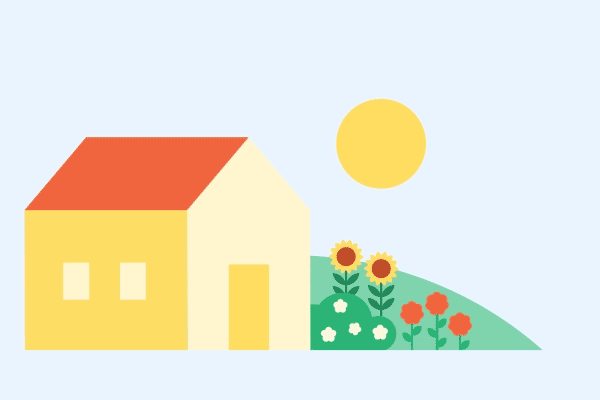
Location
Choose sunny spots, as many pollinator-friendly plants require full sunlight.
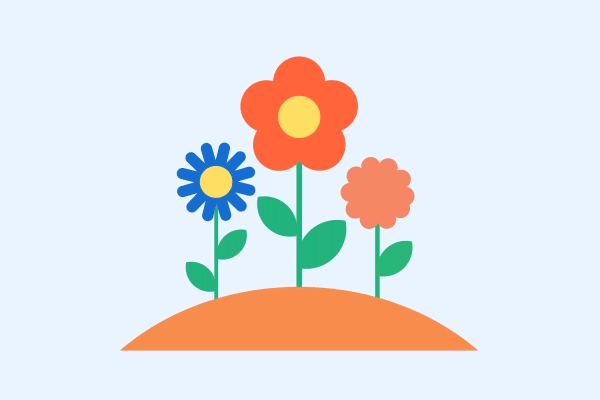
Native Plants
Choose native flora like asters, milkweed, and sunflowers, which provide natural food sources and are adapted to local pollinator species..
 Seasonal Planting
Seasonal Planting

Include plants that bloom at different times of the year to provide a continuous food supply.
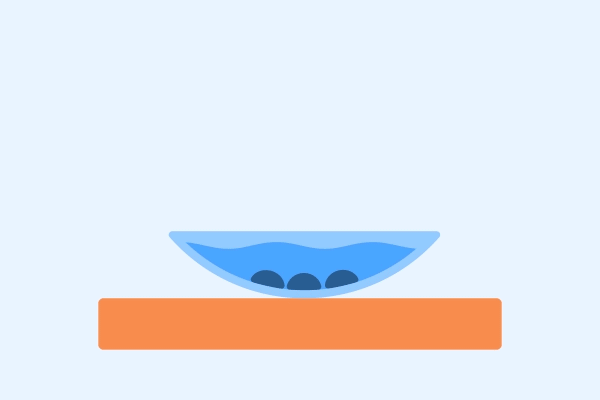
Water Sources
A shallow water dish with stones can offer a safe drinking spot for small pollinators.
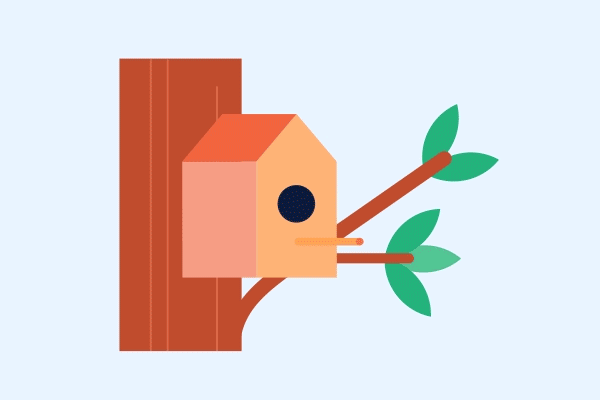
Shelter
Natural debris and man-made shelters like birdhouses offer safe spaces for nesting and protection.
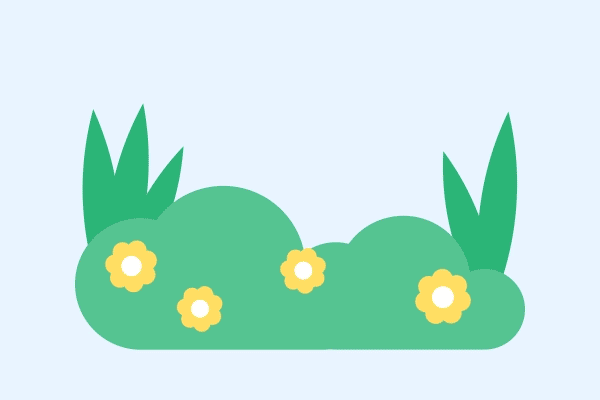
Organic Practices
Avoid pesticides and use gardening techniques that protect pollinators from harmful chemicals. Try a combo of vinegar, salt, and organic dish soap to manage weeds.
Nexamp's Pollinator Initiatives
Nexamp actively employs agrivoltaics, combining solar energy generation with agricultural practices to foster habitats that support pollinators. On our solar farms located in Illinois, Minnesota, Massachusetts, and Maine, we strategically plant native species that sustain local wildlife, improve soil quality, and effectively manage rainwater. The dedication of Kelley Fike, our Director of Civil Engineering, who has spearheaded our pollinator habitat efforts for over four years, underscores Nexamp's strong commitment to environmental stewardship and the creation of sustainable ecosystems.
“There’s not a one-size-fits-all approach. We develop custom seed mixes that accommodate site conditions, native species, plant diversity, blooming forbs, and blooming seasons. That’s the easy part of the pollinator-friendly certification process. The challenges are the maintenance practices that must be implemented to limit weed pressure and allow the native/pollinator species to be established. This takes about 3-4 years, which is where Nexamp is today.” – Kelley Fike, Director of Civil Engineering
Nexamp has earned certifications on 25 projects, representing 320 acres of pollinator-friendly habitat. By integrating these habitats, Nexamp solar farms serve as a model for how renewable energy projects can coexist with and enhance local ecosystems.
Every Garden Makes a Difference
Building a pollinator habitat at home is a small but powerful step towards enhancing biodiversity and promoting ecological health. Individual efforts like these contribute to a larger global impact, supporting the survival of pollinators and the health of our planet.
Join us in this initiative—start by transforming a small section of your yard into a thriving pollinator habitat and become part of a larger movement towards a more sustainable and biodiverse world. Together, let's work with nature, not against it, to foster a healthy planet for future generations.